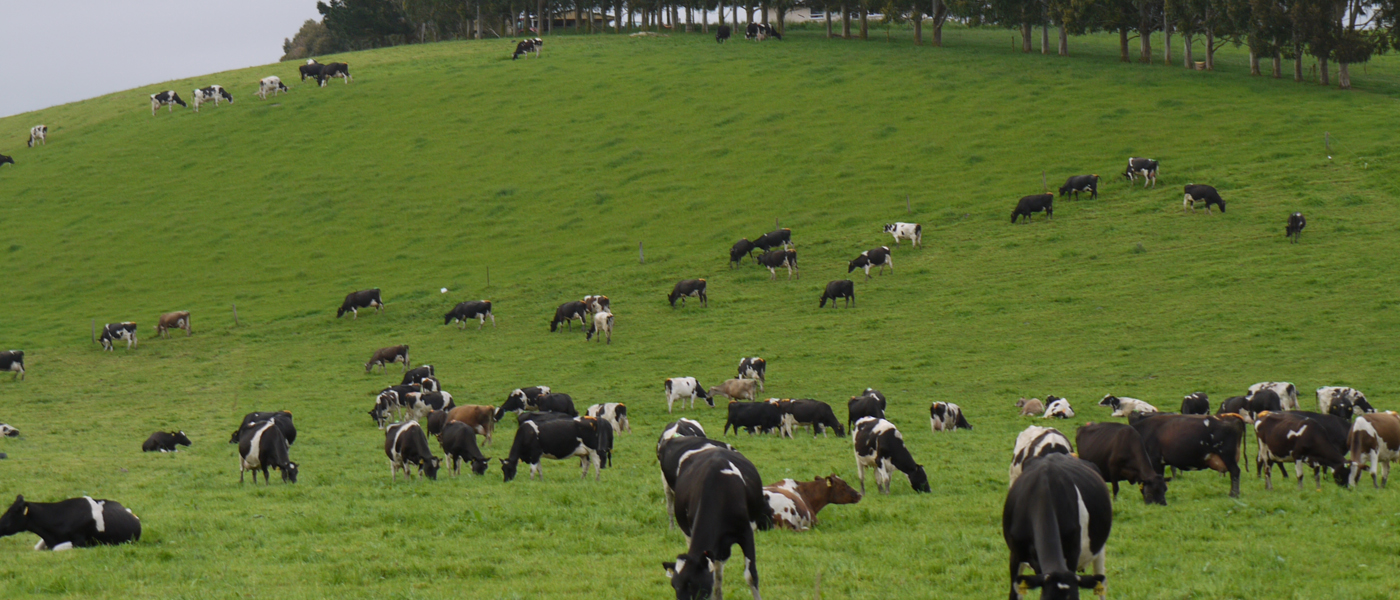
In December 1984, on a farm in Sussex, suspicions of a new disease in cattle began to develop. In the following year, a postmortem diagnosed Bovine Spongiform Encephalopathy (BSE, or Mad Cow Disease). This was the beginning of a public crisis in and for the United Kingdom. This crisis cost 177 human lives, with more deaths anticipated, and resulted in trade bans on UK beef some of which lasted until 2019.
BSE and other Transmissible Spongiform Encephalopathies (TSEs) are caused by an unusually-folded protein called a prion which is believed to induce normal proteins in the brain to develop similar abnormal folding. This essentially results in microscopic holes in the brain. TSEs are recognised in a range of animals and, in many cases, can be transmitted from the species commonly associated with the disease to other species – hence BSE caused variant Creutzfeldt-Jakob Disease (vCJD) in humans resulting in the 177 deaths mentioned above.
The outbreak of BSE in the UK is believed to have been caused by the feeding of ruminant-sourced protein to cattle. This practice is banned in New Zealand. However, to protect trade access, the Ministry for Primary Industries (MPI) maintains a TSE surveillance scheme to assure trade partners and the New Zealand public that we are free of this disease and other TSEs. This scheme pays vets and farmers for the collection and submission of brain samples from animals that display symptoms consistent with TSE in that species. In examining and failing to find evidence of these diseases in animals with symptoms consistent with the disease, MPI demonstrates that, despite a serious attempt to locate the disease, we do not have it.
Animals that are eligible for the scheme are:
Cattle Aged between 30 months and 9 years, with any of the following presentations:
Sheep and goats Aged 2 years or older, showing signs of:
Deer Aged 2 years or older, showing signs of:
Animals should be sighted alive by a vet whilst showing the above signs.
The affected animal is euthanised and the brain removed, appropriately prepared, and sent to testing laboratories to be examined. For participation in the scheme MPI pay farmers:
Whilst these values do not reflect the market value of healthy animals in these stock classes, it is obvious from the eligibility criteria that these animals are generally beyond salvage and otherwise simply represent a loss. If you have an animal that is displaying symptoms consistent with those above, please call the clinic to discuss with a vet its eligibility for submission to this scheme.
Duncan Crosbie
Vetlife Temuka